Insect swarms could generate as much electrical charge as storm clouds!
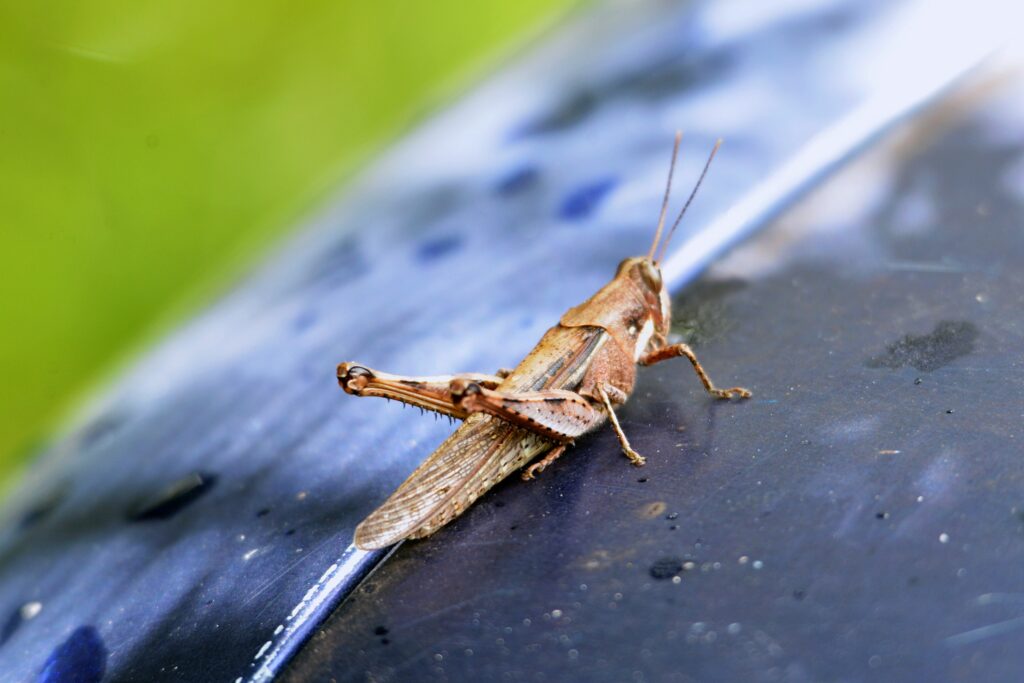
A study conducted in October 2022 suggests that the electricity naturally produced by swarms of insects like bees and locusts is an unappreciated contributor to the overall electrical charge of the atmosphere. Scientists have long known about the minuscule electrical charge carried by living things, such as insects, however the idea that an electric bugaloo could alter the charge in the air on a large scale came to researchers purely by chance.
The study was actually focused on understanding how atmospheric electricity influences biology, but when a swarm of bees passed over a sensor meant to pick up background atmospheric electricity at the team’s field station, scientists began to suspect that the influence could also flow in the opposite direction. Biologists and physicists measured the change in the strength of the electrical charge when other swarms of bees passed over the sensor, revealing an average voltage increase of 100 volts per meter, the denser the swarm of insects, the greater the charge produced. .
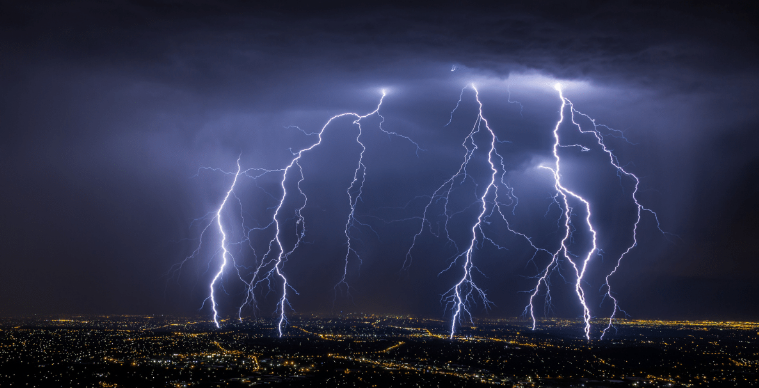
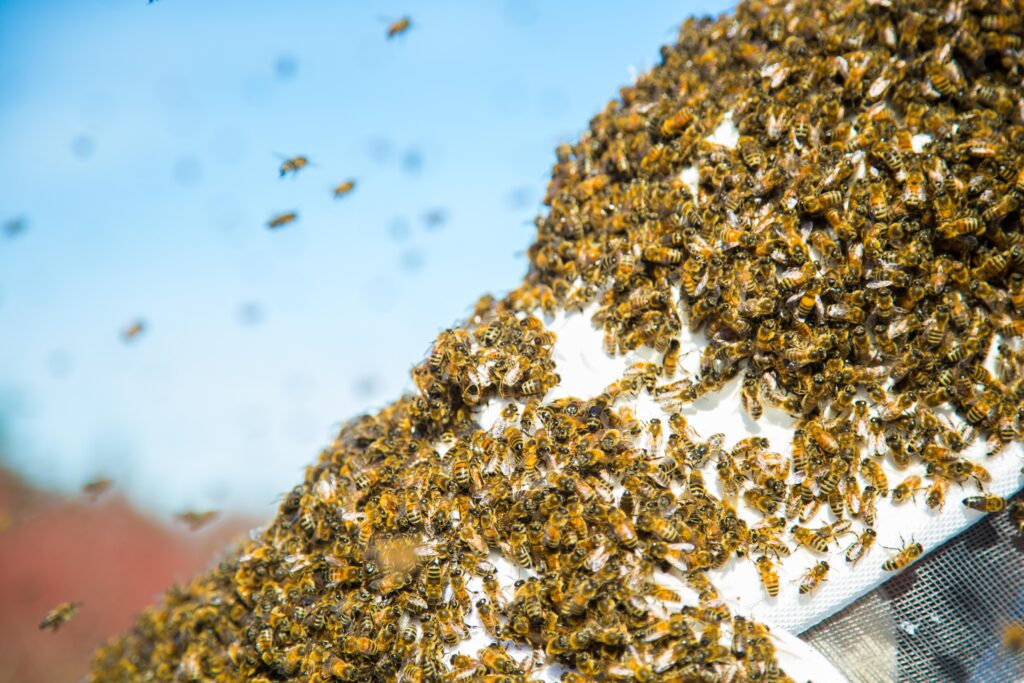
This inspired the team to think of even larger swarms of insects, like the Biblical hordes of locusts that plagued Egypt in ancient times; flying objects, from animals to airplanes, build up static electricity as they move through the air. The team measured the loads of individual desert locusts (Schistocerca gregaria) as they flew in a wind tunnel powered by a computer fan, taking locust density data from other studies, the team then used a computer simulation based on the data. bee swarm data to extend these measurements of individual locusts into electrical charge estimates for an entire locust swarm. Locust swarms could produce electricity per meter on par with storm clouds, scientists report.
The results highlight the need to explore the unknown lives of airborne animals, which can sometimes reach heights much greater than bees or locusts. Spiders, for example, can fly miles above the Earth when they fly on silken threads to reach new habitats.
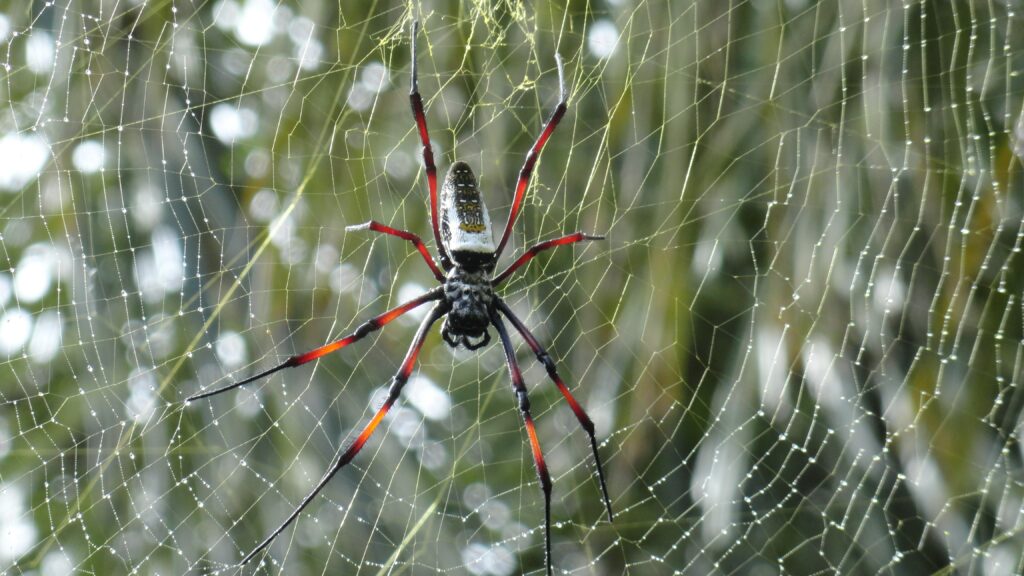
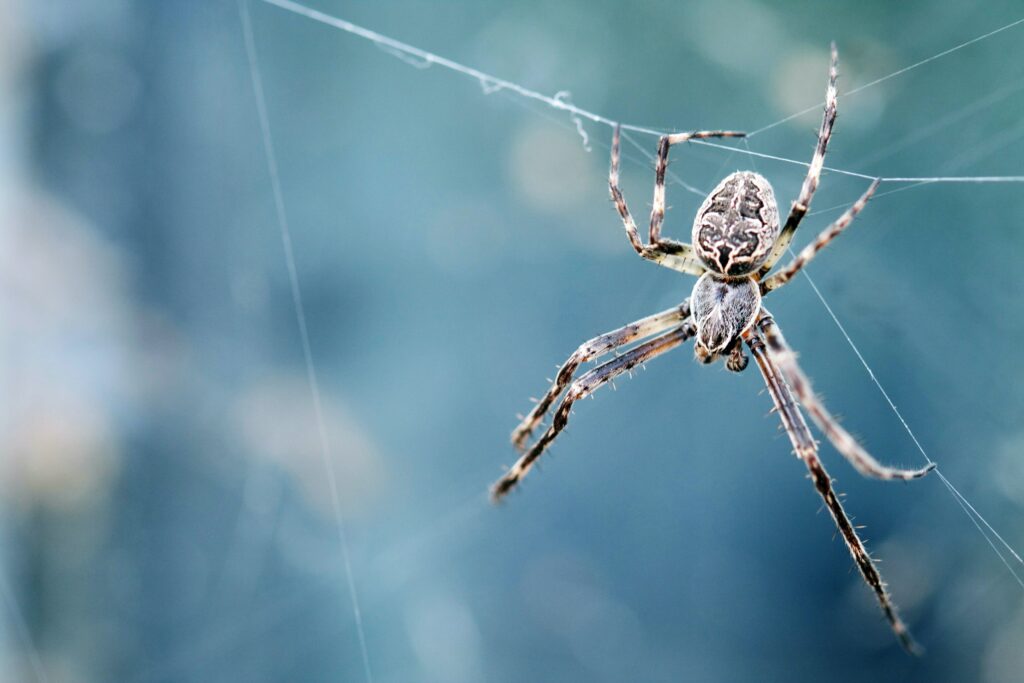
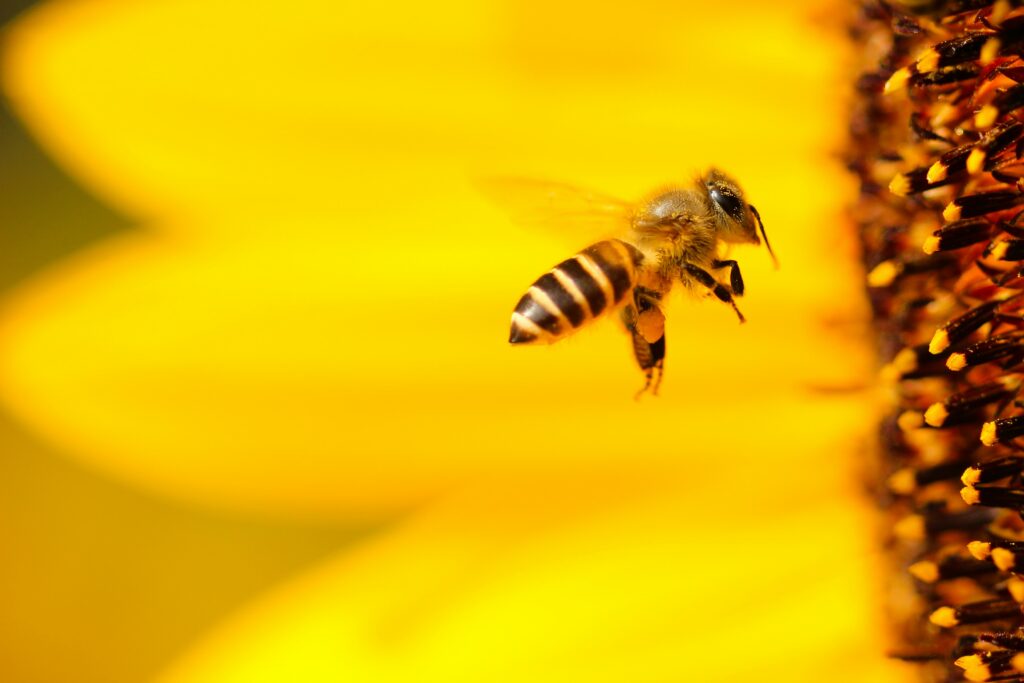
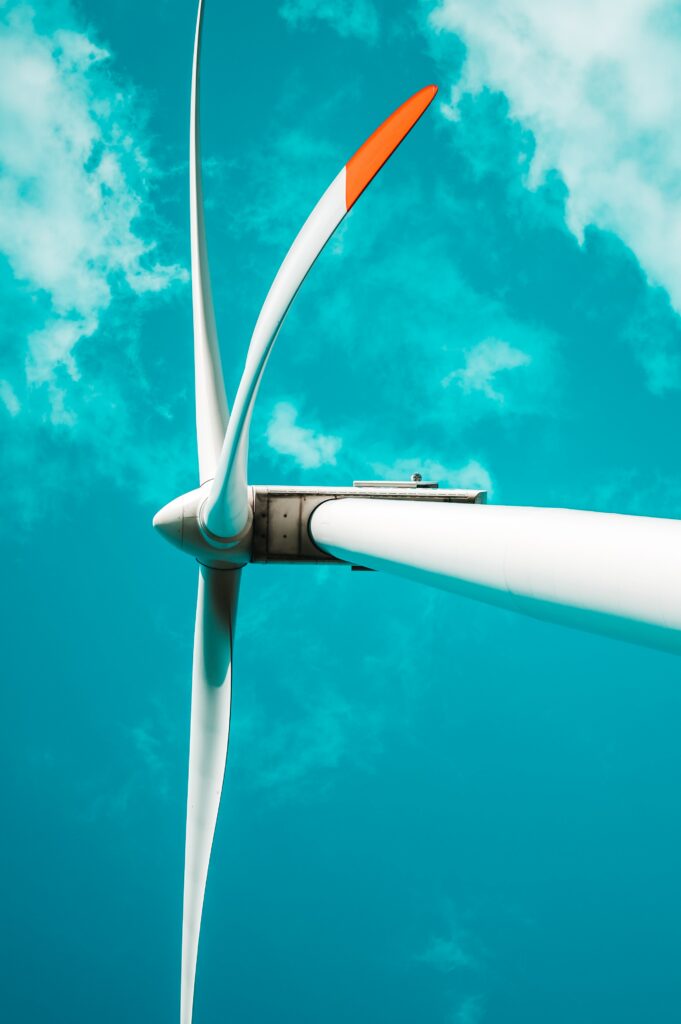
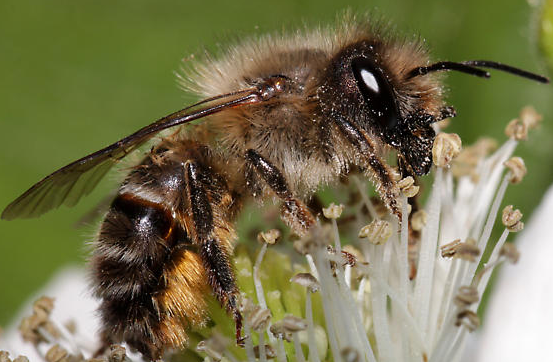
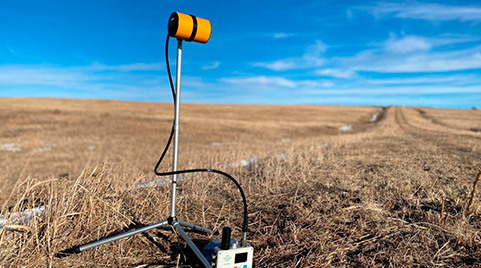

Responses